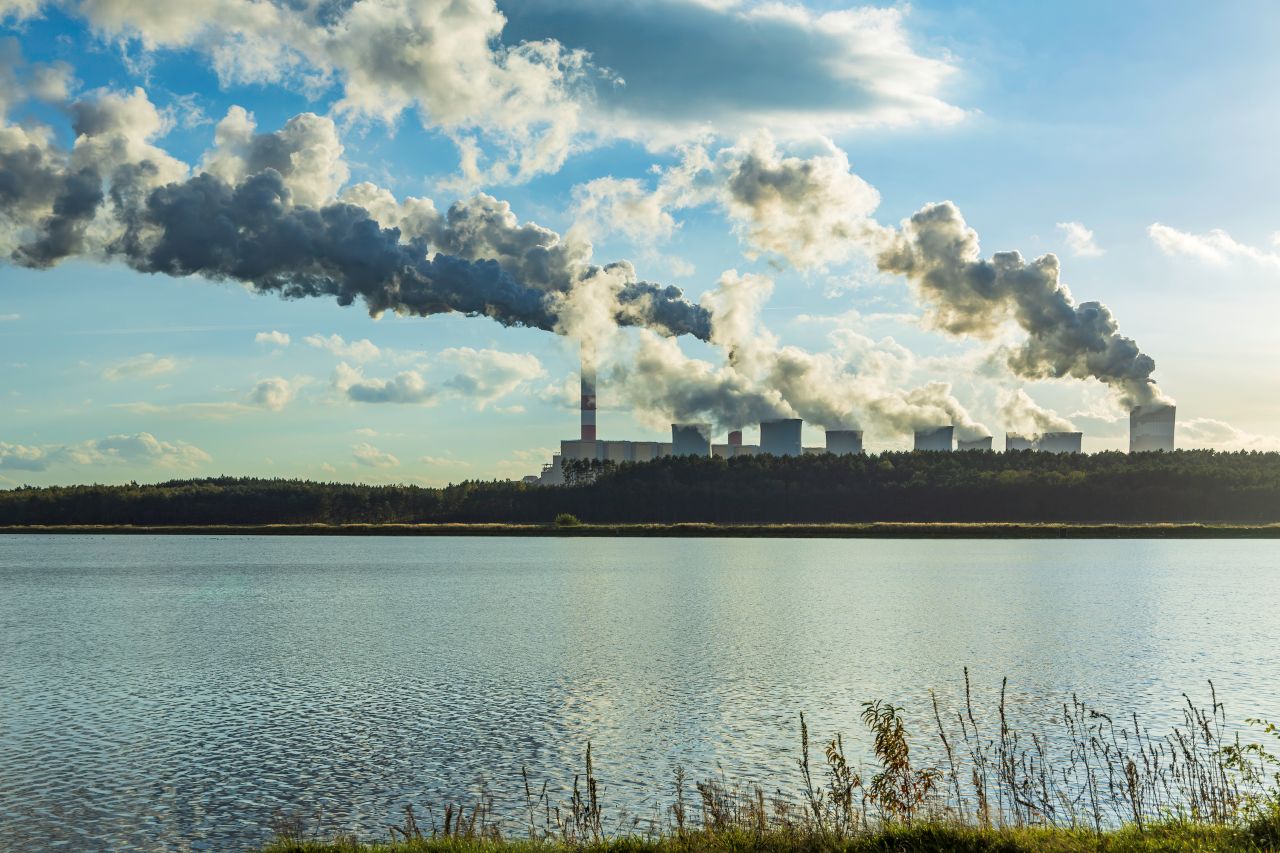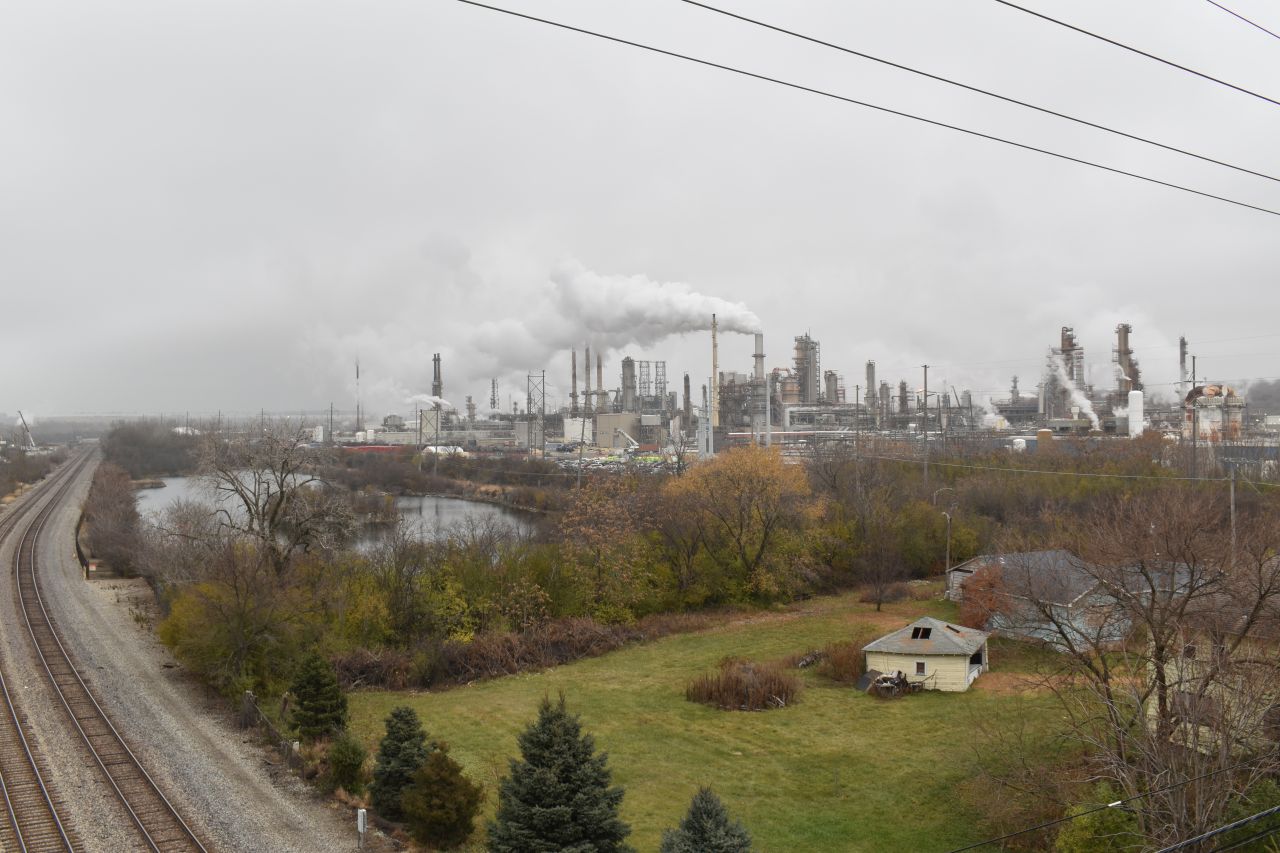Even with Gulf drilling down, Trump Administration weighs expanding drilling to new coasts

Despite the Trump Administration’s calls to “drill, baby, drill,” the number of oil and gas drilling rigs operating in the Gulf of Mexico today is about half of what it was a year ago, with 10 rigs working on June 27, compared to 19 a year earlier, according to oilfield services company Baker Hughes.
“The U.S. Gulf drillship sector is facing a lull in activity not seen since 2018,” the Westwood Global Energy Group wrote in March. Analysts cited supply chain problems, rising drilling costs, a focus on more affordable onshore operations, and a consolidation in the number of companies operating in the Gulf, where 97 percent of U.S. offshore oil and gas is produced.
In the face of this slump, the oil and gas industry is lobbying the Trump Administration to expand drilling rights into new coastal areas where it has been banned for years. These include the Atlantic Coast from Delaware to Florida, and the Eastern Gulf of Mexico, off of the western coast of Florida. Both have been protected from drilling for the last four decades, with Trump in his first term extending a moratorium on drilling off the Atlantic coast until 2032.
In a June 16 letter, 10 groups representing the offshore oil and gas industry asked the Bureau of Ocean Energy Management to include the mid- and south Atlantic and the eastern Gulf in the country’s federal leasing program “in the hopes that the moratorium will be lifted.”
The letter states that the eastern Gulf has the “greatest potential to increase production in a relatively quick timeframe and has the highest level of industry interest.”
However, opening drilling in these areas is unpopular even in majority-Republican states. Earlier this month, South Carolina’s Republican Gov. Henry McMaster joined with Democratic North Carolina Gov. Josh Stein to call for Trump to keep his offshore oil and gas ban in place.
“South Carolina’s coastline is one of the most pristine in the country, and offshore drilling is simply not in its best interest,” McMaster said in a June 13 letter to Interior Secretary Doug Burgum.
Florida Gov. Ron DeSantis has also repeatedly stated his opposition to drilling off the coast of his state, where voters in 2018 approved a constitutional amendment banning drilling in state waters.
The Carolina governors’ push to protect their coastlines comes as the federal Bureau of Ocean Energy Management considers an update to its Outer Continental Shelf oil and gas leasing program. The agency is contemplating opening all federal waters in the Gulf, Atlantic, Pacific, and Alaskan coasts to leasing. The agency is expected to expand drilling in the Gulf starting in 2029, after announcing only three planned lease sales during the current 2024-2029 program. The bureau announced the first of these sales on June 25.
The revision comes after President Donald Trump sought to reverse former President Joe Biden’s ban on offshore drilling in areas outside the Western and Central Gulf. Trump’s “Unleashing American Energy” executive order issued on his first day in office pledged to “encourage energy exploration and production on federal lands and waters.”
Representatives of multiple local governments, Native tribes, and fishermen’s associations filed comments opposing the drilling expansion. Those opposed included the governor of Oregon; Broward County, Florida; the Treasure Coast Planning Council on Florida’s eastern coast; the Yurok Tribe of California; and the Massachusetts Lobsterman’s Association.
“Coastal economies like ours are built on the foundation of clean beaches, healthy ecosystems, and vibrant tourism and marine industries,” wrote Beam Furr, mayor of Broward County, home to Ft. Lauderdale. “Offshore drilling puts all of that at risk.”
Environmental groups are also arguing in court that Trump’s order to expand drilling to areas removed from consideration would violate federal law. A federal court in 2019 confirmed that under the Outer Continental Shelf Lands Act, once a president removes an area from oil and gas leasing, a subsequent president cannot undo that decision without an act of Congress.
“Trump is illegally trying to take away protections vital to coastal communities that rely on clean, healthy oceans for safe living conditions, thriving economies, and stable ecosystems,” said Steve Mashuda, a managing attorney for Earthjustice, one of the groups that sued the Trump Administration over the offshore drilling expansion in February.
Industry representatives argue they need access to the Atlantic, eastern Gulf, and Pacific coastlines to prepare for the future. Years might go by between when the industry identifies an oil and gas deposit and when it makes economic sense to drill for it, according to the June 13 industry letter.
But even in the Gulf of Mexico, off the coasts of Texas and Louisiana where the industry faces few restrictions, oil production has flatlined and gas production has significantly declined over recent years.
Even as onshore U.S. oil and natural gas production hit record highs in the 2020s, oil production in the Gulf in 2024 was lower than in 2019, when it hit a high of 1.8 billion barrels per day, on average. Natural gas production in the Gulf has steadily dropped from more than 5 trillion cubic feet in 2001 to well under one trillion cubic feet each year in the 2020s.
Offshore production now accounts for 14 percent of total U.S. oil production and 2 percent of natural gas production, according to the to the U.S. Energy Information Administration.
Companies have focused more of their resources onshore, where horizontal drilling and hydraulic fracturing have unlocked vast production from shale oil and gas regions such as the Permian Basin in Texas and New Mexico, the Bakken Formation in North Dakota, and the Marcellus and Utica shales in Pennsylvania and Ohio.
The EIA predicts that oil production in the Gulf will remain stable over the next two years. Gulf production is expected to nudge up to 1.81 million barrels per day in 2026, compared to 1.80 million barrels per day in 2025. Gas is expected to drop slightly from 1.72 billion cubic feet per day this year to 1.64 billion cubic feet per day next year.















